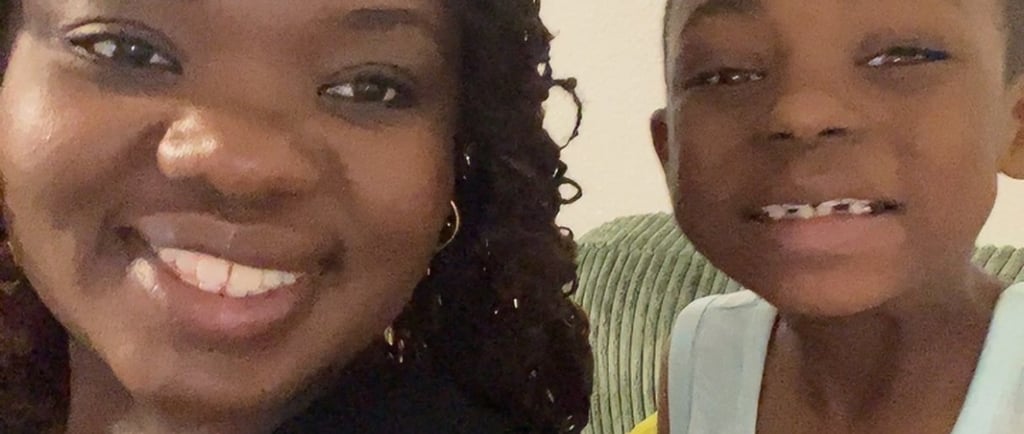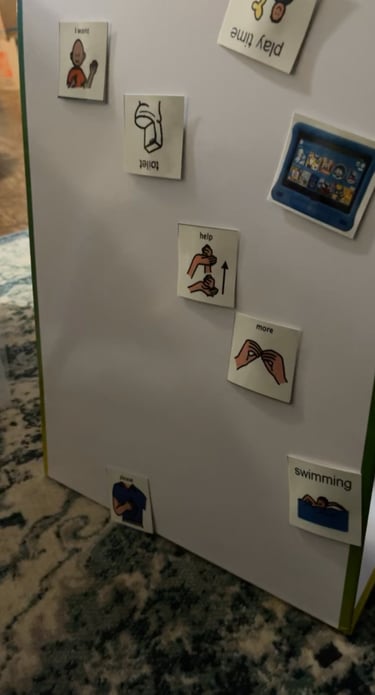Hearing the unspoken
Communication doesn’t stop at just verbally speaking
PARENTING
Soph B.
9/10/2025


If you had told me six years ago that my motherhood journey would involve a crash-course in learning American Sign Language (ASL) and memorizing a slew of new acronyms—from BCBA to IEP—just so I could communicate and advocate for my son in a new community, I would have looked at you like you had stolen something from us. And in many ways, it actually did feel like something was stolen- what we thought was a natural way to communicate with our child.
We had to change our entire way of thinking. What would communicating look like? How could we ease his frustration, when all he could do was grunt after completely regressing in speech. It was all just so much in a short amount of time.
Fast forward to present day, not only can he communicate with family and people outside of the home, but we have managed to learn what works for us and how to share and collaborate our ideas with other families like ours. No matter which way you choose to communicate with your child (even if they’re not on the spectrum) it is important to understand that parenting with more grace than guilt will set you free from the shackles of “this is all my fault” and “where did I go wrong”.
Sign language even at a young age was not working out for us. It was a non-preferred means of communication and we came to the realization that our child was more visual. In the community, there are cards known as PECS (picture exchange communication system), and as anything you unexpectedly need, they’re expensive and offer little to no diversity. So, we made our own! Taking pictures of our day to day items at home and placing a magnet on the back and now we’re working with something. As the years went on, we advanced to Gestalt language to communicate. The pieces of sentences, songs, and phrases were allowing us to build a verbal safety net.
We made communicating the priority of focus for years. It helped us to learn ways that did and didn’t work out for us. Some families may need to use braille, sign language, visual cards or schedules, an AAC device, and so much more. Communication doesn’t stop at just verbally speaking. Making a connection is the goal and when you allow for any form of communication, you’re building trust and opening the door for so much more.


